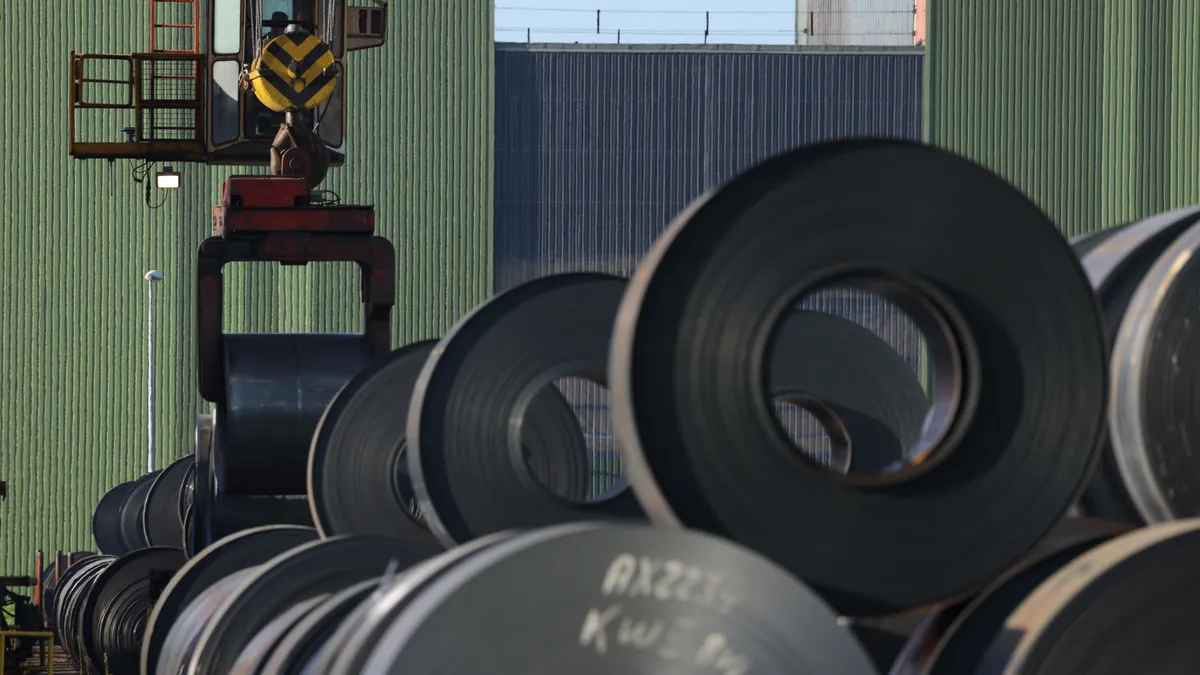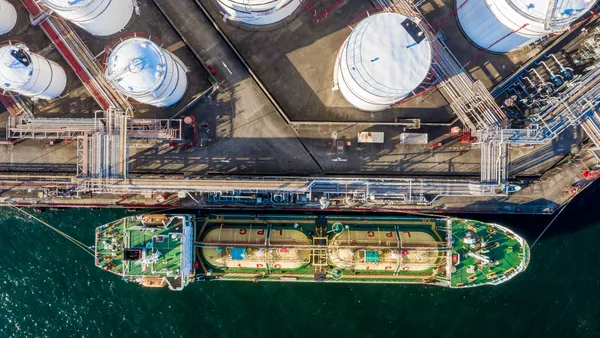Lower steel prices are weighing on manufacturers, pushing some to idle production as they grapple with rising raw material costs.
United States Steel Corp. said Thursday that it expects “weaker demand and significantly reduced average selling prices” to negatively impact third quarter earnings. Nucor Corp., one of the largest steel producers in the U.S., said Wednesday it expects earnings from its steel mills segment “to be considerably lower” in the third quarter.
Prices for sheet metal and hot rolled coil fell from July to August due to declining consumer and construction demand, according to a CME Group report Aug. 30.
“With demand cooling, this increase in domestic supply may result in a temporary glut of material and keep downward pressure on prices for most of the year,” CME Group said.
Some steelmakers are extending or moving up plant outages to stem losses, according to earnings calls. Cleveland-Cliffs will continue idling a Minnesota facility until at least April of next year, CEO Lourenco Goncalves said in late July. U.S. Steel moved up a planned outage at a Pennsylvania plant from October to September and will idle capcity at a facility in Indiana “due to market conditions,” according to guidance issued Thursday.
The lower prices come as Cleveland-Cliffs, Stelco and other manufacturers see higher input costs of coal, natural gas and certain alloys.
“We are concerned about this double hit of higher costs and lower prices and are looking at how we can address these challenges,” Stelco CEO Alan Kestenbaum told analysts last month, adding that although “we have been through troughs before, the particular combination of this double whammy makes this time somewhat different.”
Steelmakers hope that a resurgence in automotive manufacturing following pandemic delays will boost growth. Some also noted that recent steps by the Biden administration to advance U.S. manufacturing could lead to a recovery in demand.
Cleveland-Cliffs, a major supplier of steel to the auto industry, expects demand to improve once automakers ramp up production in the second half of 2022.
“We have all the ingredients for the dynamics of the past two years to shift in our favor,” said Goncalves.
This story was first published in our Procurement Weekly newsletter. Sign up here.















